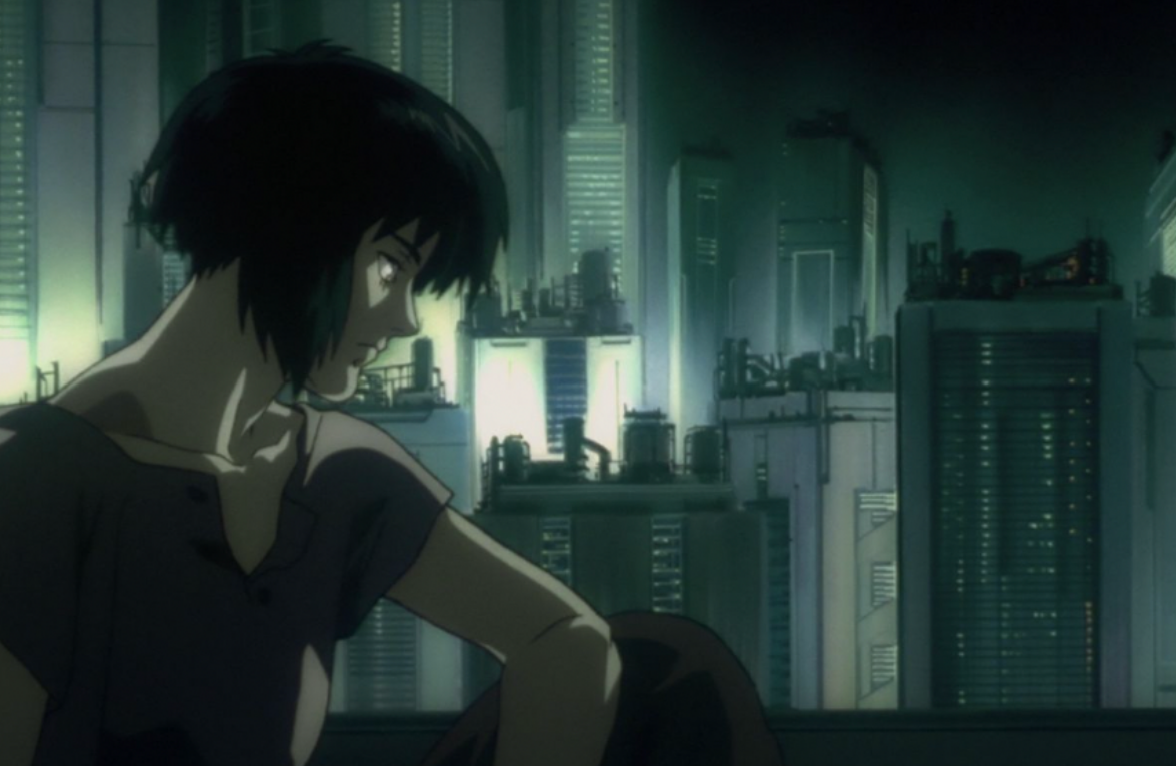The Captivating, Forgotten World of 90s Anime
Japanese animation, better known as ‘anime’, remains one of the most visceral forms of narrative storytelling. The history behind the field is shaped by the constantly changing, continually evolving cultural identities that shape the films and television produced. In turn, the anime industry has exercised an enormous influence on both domestic Japanese culture and international animation techniques, which no doubt come with the creative liberty and experimenting nature of the industry.
Today, nearly all of us are at least somewhat familiar with the likes of Naruto or Attack on Titan, two works of anime that have cemented themselves in niche genres of mainstream American media. Unfortunately, that limited exposure leaves much of anime to be interpreted as no more than late-night binges of stomach-turning action-adventure epics.
Push past the bright, pixelated world of endless shonen adventure, and 90s anime is much more: a modern transformative niche of animation styles and equal parts Ghibli-esque nostalgia and powerful, dystopian-like social commentary.
Perfect Blue (1997), is the pinnacle case of the complex, context-rich plotlines layered with powerful artistic animation that 90s anime is so often overlooked for. Directed by animation pioneer Satoshi Kon, the film captures the horrors of fandom culture and the struggle for female autonomy in a decade where such issues weren’t explicitly discussed, particularly in entertainment.
(Perfect Blue, 1997)
Today, in the age of cancel-culture fanaticism and the push for female empowerment, the film perfectly narrates the current cultural landscape with devastating accuracy and hand-drawn, sentimental shots of cream-colored grocery stores, sharp, contrasting shadows, and blinding, lit-stage performances.
(Cowboy Bebop, 1998)
Even without poignant social commentary on fandom culture, 90s anime brought about genre-melding works of storytelling. Neo-noir, science-fiction television program Cowboy Bebop (1998) brought the space-western adventures of a rag-tag group of bounty hunters into the spotlight.
The episodic nature of the show means a lack of an overarching plotline, but through the sheer nature of compelling writing and a well-fitting visual aesthetic Cowboy Bebop is able to tell stories of loneliness, existential angst, and depression of the once-illuminated lives of young adult characters.
The modern era of animation pushes for a sense of perfection- characters’ faces seem almost real, with plastic smiles of uncanny emotion and photographic-like setting backdrops. No such motivation comes from 90s anime, with sentimental, almost heartbroken characters, leaning on the railings over tired, worn-out cities. In a way, the imperfections and quirks are what truly separates it from following generations and magnify the authenticity of its stories.
(Ghost in a Shell, 1995)
Anime directors generally do a fantastic job of bringing out the humanity in even the most fantastical adventure settings, a practice only exemplified in 90s anime. Even in the mechanical cyberpunk drama Ghost in a Shell (1995) with a cyborg protagonist Major, we see glimpses of her struggle for identity.
“What’s wrong with running away from reality,” asks Shinji Ikari, in Neon Genisis Evangelion (1995), “If it really sucks?”
It’s a question many ask themselves, but few dare to answer truly. The struggle for belonging, and the lack of purpose in life are not often depicted in hyper-ambitious lead characters of television dramas, and yet, Japanese animation was able to carve a space for smaller films that beautifully explored questions that haunt tired, lost generations of youth in an increasingly overwhelming world today.



